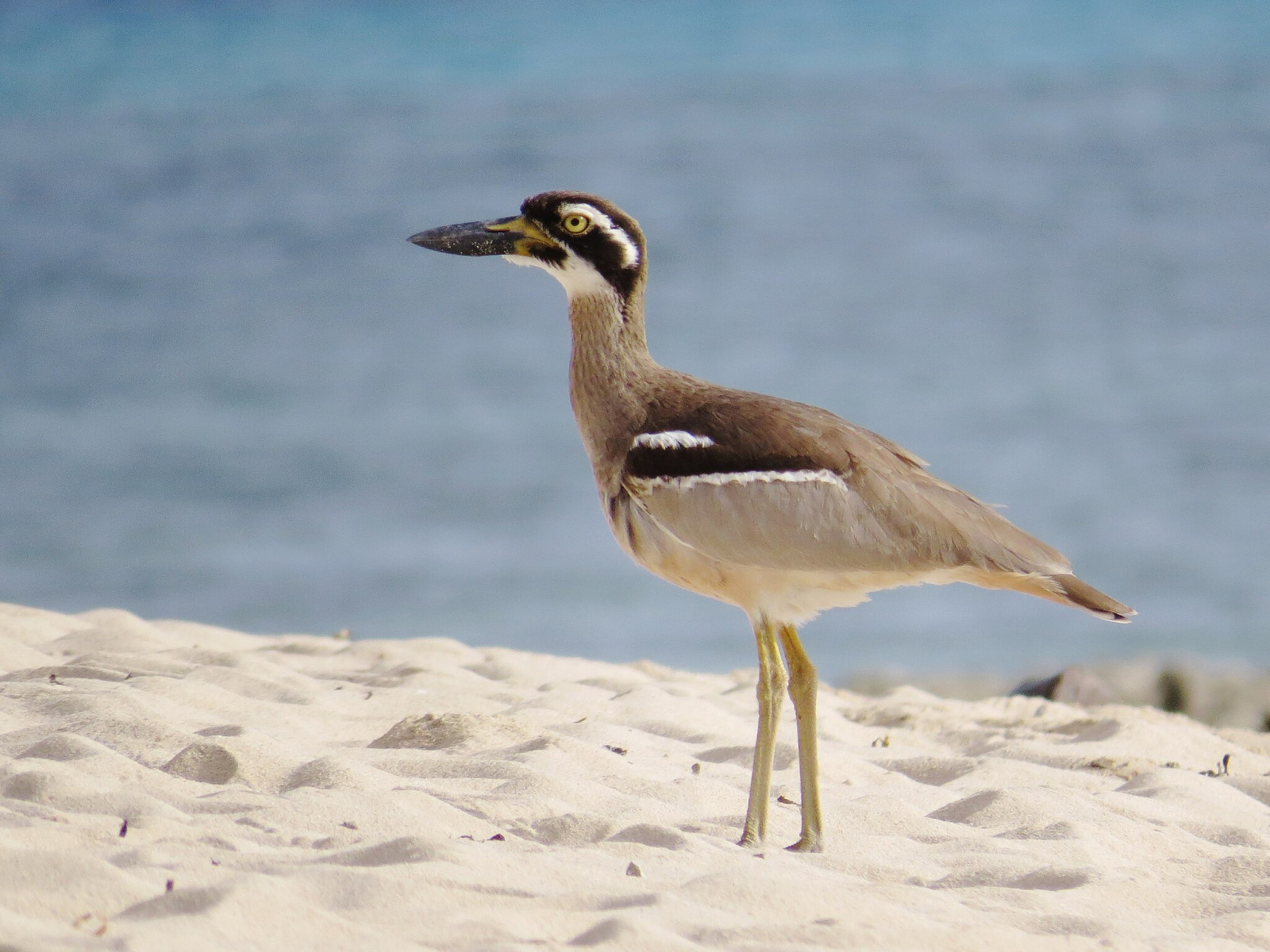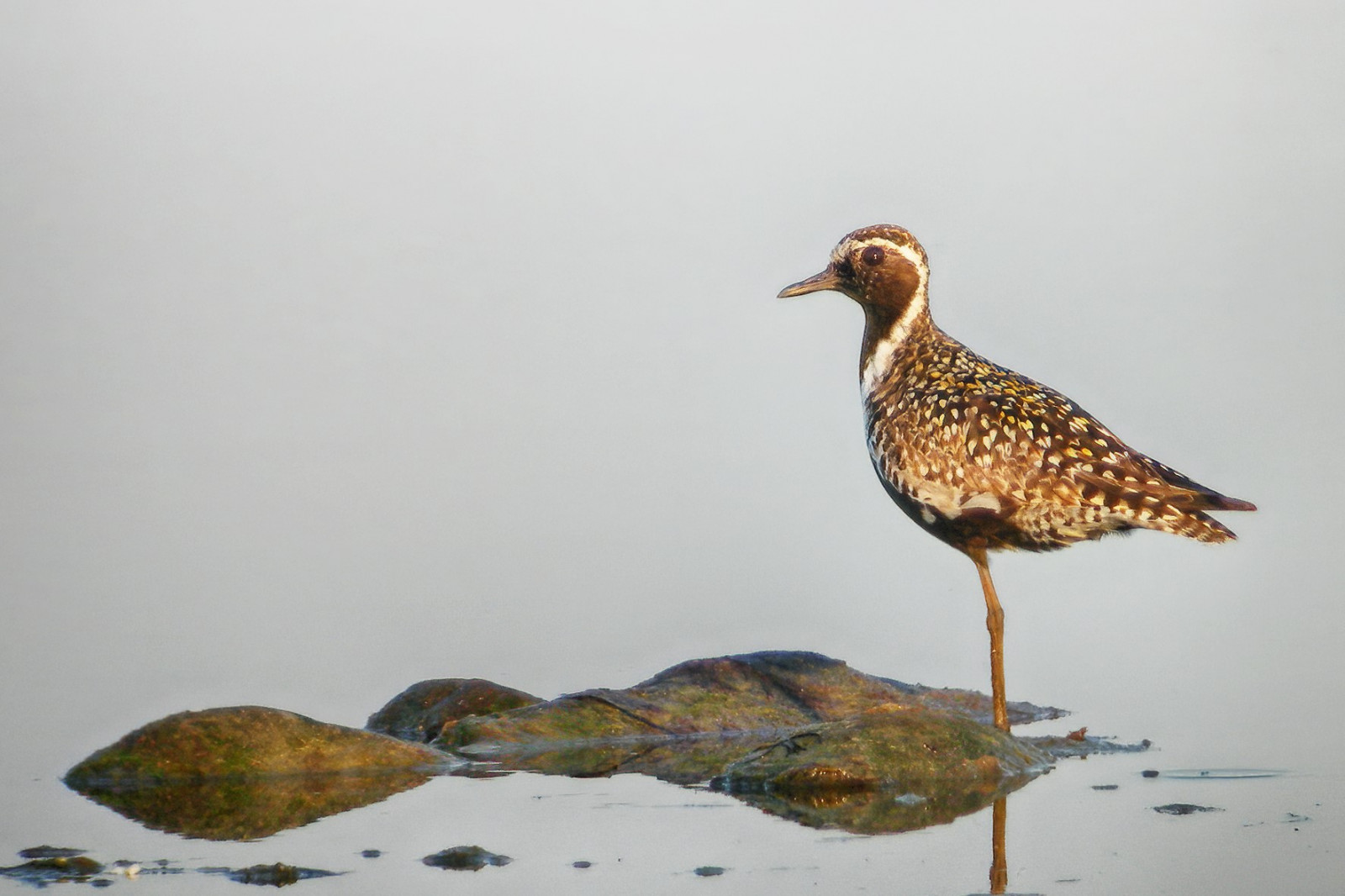Opis
Coastal woodland along spit backing Noosa main beach with tracks providing views over river mouth to North Shore and sandflats in estuary.
Estuary sandflats are good for roosting terns and feeding migratory waders while the large sand island towards the North Shore side of the estuary provides roosting sites for waders and has resident Beach Stone-Curlew. Summer tern flocks include Greater Crested Tern, Common Tern, Little Tern, Caspian Tern, Australian Tern and White-winged Tern and can number several hundred birds. Commonly seen waders include Black-Tailed Godwit, Pacific Golden Plover, Red-capped Plover, Lesser Sand-Plover and Red-necked Stint and has hosted local rarities such as Sanderling, Hooded Plover and Kentish Plover. The estuary can also provide shelter for storm blown pelagic birds, especially during cyclones, such as Common Noddy and Black Noddy and Sooty Tern. Jaegers and Lesser Frigatebird have occasionally been recorded harrasing the terns as they move between the ocean feeding areas and the estuary roosting sites.
Szczegóły
Dostęp
Plenty of parking areas along the road from Hastings Street to the end of the spit though this is primarily used by beach goers and those heading to the Hastings Street boutiques and restaurants so can get busy. Best bet for a park is right at the end near the life saving tower. Click on a P in the map for directions or cooerdinates.
Teren i siedlisko
Las , Błota , Rzeka , MorzeWarunki
Płaski , PiaszczystyTrasa dookoła
TakCzy luneta będzie przydatna ?
Może być przydatnaUdany sezon obserwacyjny
Przez cały rokNajlepszy czas na wizytę
LatoTrasa
Droga utwardzona , Szeroka ścieżkaPoziom trudności szlaku pieszego
ŁatwyDostępne
Pieszo , Rower , Łódź , SamochódCzatownia/platforma obserwacyjna
NieLinki
- Noosa River Mouth Ebird Hotspot
- Noosa Spit Recreation Reserve Ebird Hotspot
- Photo Beach Stone-Curlew by Summerdrought, CC BY-SA 4.0, via Wikimedia Commons




